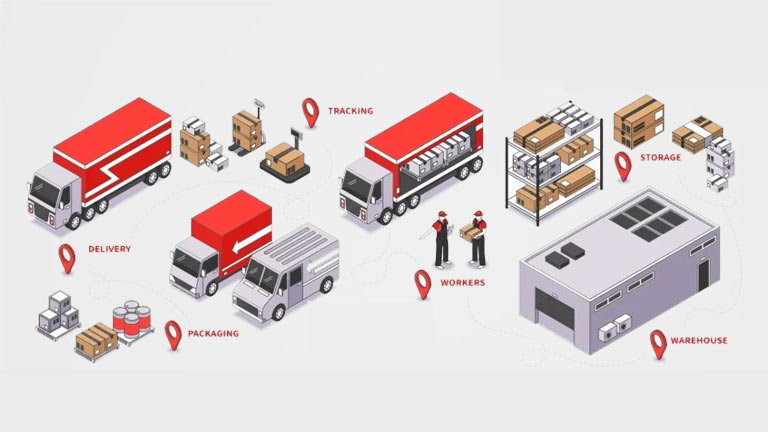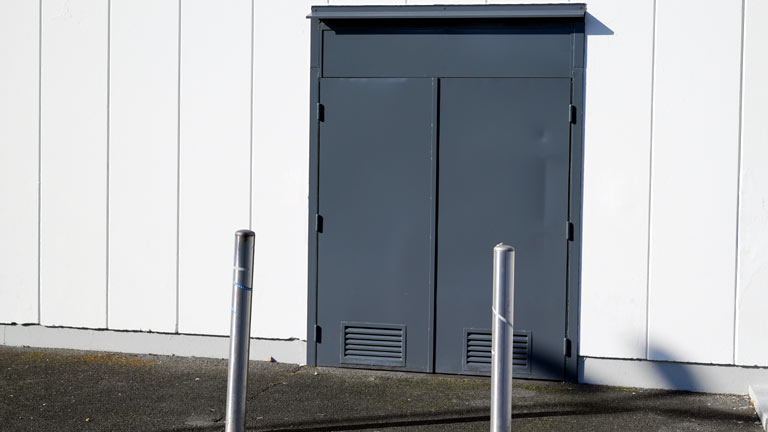
Stepping into the bustling domain of warehousing requires a delicate balance between efficiency and safety. In this blog, we’ll delve into a comprehensive guide outlining the 10 best practices that can elevate your warehouse management. Whether you’re overseeing an established distribution center or launching a new venture, these strategies will transform your space, making industrial storage racks the epicenter of well-orchestrated and secure logistical work.
As we explore these practices, envision a future where your warehouse not only functions at peak productivity but does so with an unwavering commitment to the safety of your workforce. We aim to provide insights for warehouse owners, offering a roadmap to navigate the dynamic landscape of industrial storage, employee well-being, and operational efficiency.
From the foundation of quality storage racks to the pinnacle of constantly evolving safety policies, we’ll explore every facet of warehouse management, ensuring your facility not only meets industry standards but also sets new benchmarks in safety and productivity.
1. Prioritize Employee Training Programs
A well-trained staff is the cornerstone of a safe and productive warehouse. Regular training sessions on safety protocols, equipment operation, and emergency procedures empower your employees to navigate the warehouse environment confidently. Create a culture that values ongoing learning and emphasizes the importance of following established safety guidelines.
2. Implement Efficient Inventory Management Systems
Streamlining your inventory management system is essential for optimizing productivity. Utilize technology such as warehouse management software to monitor stock levels, keep track of expiration dates, and facilitate easy retrieval of goods. A well-organized inventory reduces the chances of accidents and increases the overall efficiency of your warehouse operations.
3. Regular Equipment Maintenance
To ensure a safe working environment, it’s crucial to conduct regular maintenance checks on all warehouse equipment, including forklifts and conveyors. Establish a routine maintenance schedule to identify and address potential issues before they escalate. Proactive maintenance not only enhances safety and protection but also extends the lifespan of your equipment, minimizing downtime.
4. Organized Workspace Design
Designing a warehouse layout that prioritizes organized workspace is key to preventing workplace injuries and promoting productivity. Ensure that workstations are designed with the comfort and safety of employees in mind. Minimize unnecessary movements, optimize workflow, and provide ergonomic tools and equipment to reduce the risk of accidents among your workforce.
5. Enforce Strict Safety Protocols
Establish and enforce strict safety protocols within your warehouse. Communicate safety guidelines to all employees and conduct regular safety drills to ensure everyone is familiar with emergency procedures. Implementing a safety-first mindset contributes to a secure work environment and ultimately boosts overall productivity.
6. Encourage Open Communication
Promote a philosophy of open communication where employees feel comfortable reporting safety concerns or suggesting improvements. Regularly engage with your team to gather feedback on potential hazards and implement changes accordingly. Fostering open communication channels creates a collaborative environment that contributes to both safety and productivity.
7. Invest in Quality Storage Racks
One of the foundational elements of a safe and productive warehouse is the use of high-quality storage solutions. They serve as the backbone of your facility, providing organized and accessible storage for goods. Moreover, they offer several benefits to your warehouse. For instance, investing in a durable industrial storage rack ensures a reliable foundation for your inventory management system, reducing the risk of accidents and maximizing storage capacity.
8. Utilize Personal Protective Equipment (PPE)
Personal protective equipment is a non-negotiable aspect of warehouse safety. Ensure your employees have access to and consistently use the appropriate PPE, such as helmets, safety glasses, gloves, and steel-toed boots. Providing the right protective gear enhances worker safety and minimizes the risk of injuries in the demanding warehouse environment.
9. Implement Strict Access Control Measures
Controlled access to specific areas of the warehouse is crucial for both safety and security. Implement access control practices to limit entry to authorized personnel only. This not only prevents unauthorized persons from entering potentially hazardous areas but also helps in monitoring and regulating the flow of goods within the facility.
10. Regularly Review and Update Safety Policies
The warehouse environment is dynamic, and safety regulations may evolve. Stay proactive by periodically assessing and updating your safety policies to align with industry standards and regulations. Ensure that all employees are informed about any alterations and provide the necessary training to adapt to new safety protocols. Stay informed about the latest advancements in warehouse safety technology by exploring content on cutting-edge safety warehouse solutions.
Final Thoughts
In the complex and fast-paced world of warehousing, the combination of safety and productivity is not just a goal but a continuous journey. As warehouse owners, your commitment to implementing and refining these 10 best practices is a testament to your dedication to creating a workplace that thrives on efficiency without compromising the well-being of your team.
Constant vigilance and adaptation are essential. Regularly evaluate the effectiveness of your safety protocols, training programs, and equipment maintenance routines. Stay informed about advancements in warehouse technology and industry standards. As the landscape evolves, so should your strategies to ensure your warehouse remains at the forefront of safety and productivity.
Remember that a safe warehouse is a productive warehouse. By investing in quality storage racks, prioritizing employee training, and embracing technology, you not only reduce the risk of accidents but also create an environment where your workforce can perform at their best. Efficient design, strict safety protocols, and open communication channels contribute to a positive workplace culture that values the well-being of every team member.




